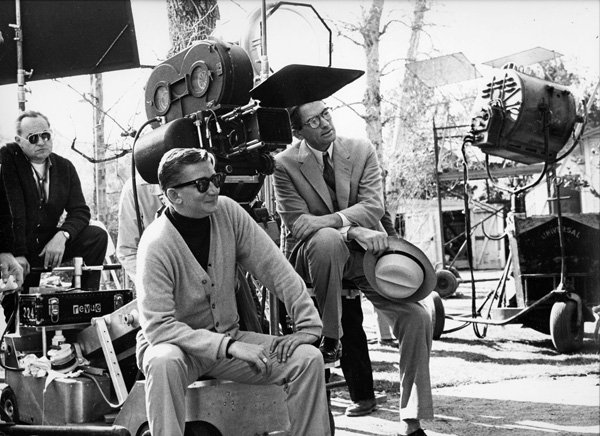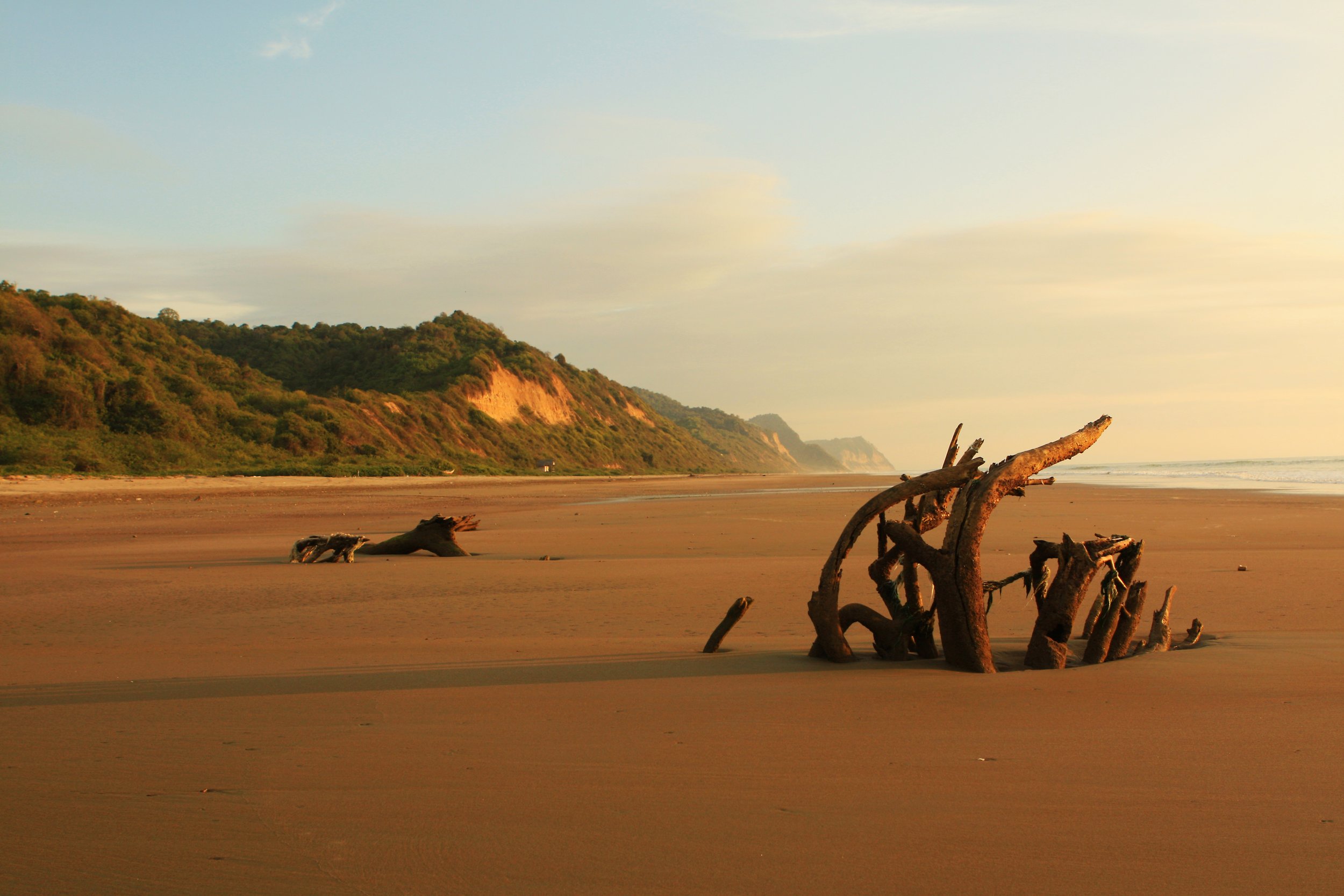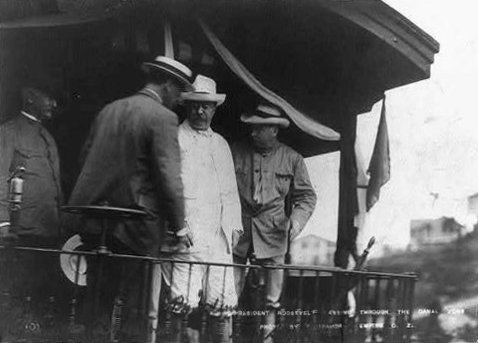The history of ‘Panama Hats’
The ‘Panama’ Hat, the legendary hat that has been worn for over 100 years by the most renowned of celebrities and politicians. The hat that established a style and a standard of elegance that will live as long as hats are made.
The hat that Gregory Peck wears in “To Kill a Mockingbird”? A Panama Hat. Robert Redford in “The Great Gatsby”? Panama Hat. How about Anthony Hopkins in Hannibal? You guessed it, Panama Hat.
Gregory Peck holding a Panama hat on the set of To Kill a Mockingbird
And yet, despite its fame, little is known about its real history, and how its name is a big historical misunderstanding.
Let’s get straight to it then. ‘Panama’ hats are not originally from Panama. In fact, they have never even been made in Panama. Believe it or not, it’s true.
Nothing against beautiful Panama, but unfortunately they don’t deserve much credit for this creation other than for a historical coincidence.
Ecuador or Toquilla Hats
‘Panama’ hats are actually and exclusively from Ecuador and should really be called ‘Ecuador’ Hats or ‘Toquilla’ Hats (I’ll explain later). The reason why Panama got its name in the title has to do with the Panama Canal and Mr. Teddy Roosevelt.
It was the 4th of May in 1904 and 50,000 men gathered together in sunny Panama to start building one of mankind's most ambitious projects: to unite the Atlantic and Pacific oceans through a canal.
Now, these men required protection from the sun during their intense and long working hours. Queue ‘Panama’ Hats.
Hold on. Before we bring our legendary hats onto the world stage, let's take a look back at their true ancestral origin.
The coast of Ecuador were home to pre-hispanic communities who first developed these hats
The real creators of these beautiful hats are actually the indigenous pre-hispanic communities that lived along the coast of what we now call Ecuador. Archaeological findings of as early as 500 B.C. in the settlements of these communities show little figurines wearing approximate versions of little ‘Panama’ hats!
These communities used (and still use) a natural, endemic fiber called Toquilla palm (also known as Jipijapa palm) to make the original version of these hats to protect themselves from the sun.
As time and history went by, the traditional art of weaving these hats was passed down from generation to generation, from indigenous culture to indigenous culture, until the Spanish came and these ancestral hats adopted their modern shapes and forms.
However, in essence, these hats are still woven in the same way and with the same materials as our ancestors did over 2 thousand years ago! Isn’t that something?
Anyway, let’s time travel back to the Panama Canal.
Our 50,000 workers are getting ready to start working on the Panama Canal, but the sun is too strong and the work is already hard enough as is. So, who do they call? No, not Ghostbusters. They call Manuel Alfaro, a pioneer and visionary ‘Toquilla’ Hat merchant who provided enough hats to protect the workers during the entire time that it took to build the Canal.
Theodore Roosevelt in 1904 wearing a ‘Panama Hat’ during his visit to the Panama Canal
So far so good, but when do the celebrities start getting involved? Well, you’ll remember I mentioned Teddy Roosevelt.
The American President was one of the main promoters of the construction of the Canal, so one day he paid a visit to the construction site. Naturally, he was given a Toquilla hat to help him protect himself from the sun. He took a few pictures with the hat and then took some back home to his celebrity buddies and the rest is history. Mistaken history, but history nonetheless.
A few extra interesting facts about ‘Toquilla’ Hats
Not all Panama Hats are equal
Toquilla hats come in grades. The denser the weave and the finer the straw used, the higher the grade of the hat. Lower grade hats take between 6-8 hours to weave while the finer pieces can take up to 6 months to complete, per hat.
The Hat
The finest Toquilla Hat ever was commissioned in 2008. It took a master weaver 6 months to complete the weaving process, plus another month to finish it. It sold for $100,000 USD. (Imagine dropping that hat in the ocean…)
The ‘California’ Hat?
Toquilla Hats were also used during the California Gold Rush, although not at the same volume as in Panama. Back then they hadn’t become famous yet and the name was still up from grabs.
Cultural Heritage
The difficult and traditional art of hand weaving these hats was added to UNESCO’s Intangible Cultural Heritage List in 2012, an honorary title awarded to practices, traditions and skills which communities have passed down from generation to generation as part of their cultural heritage.


